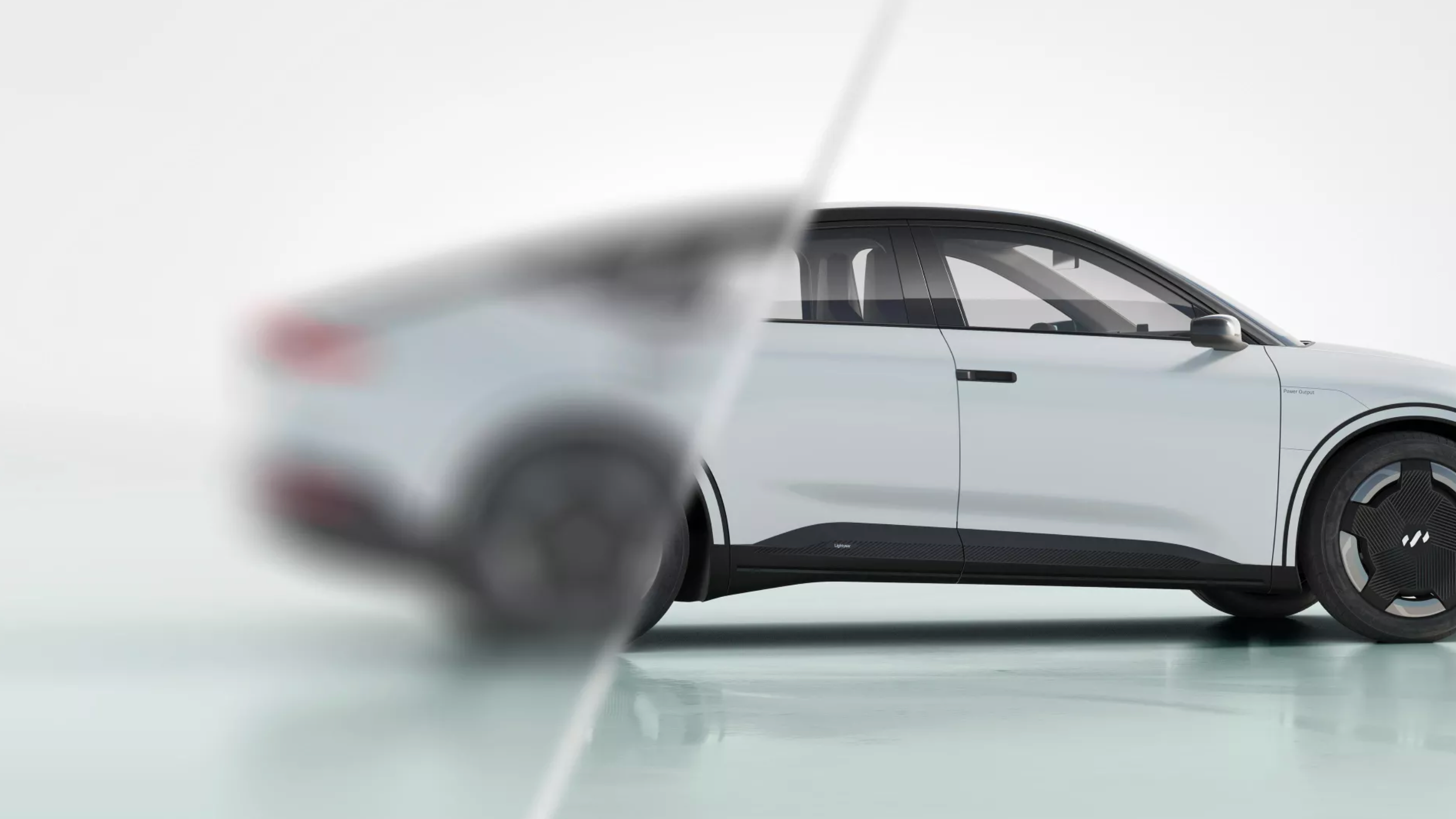The first car announced for production and then cancelled
You may have heard of solar car start-up Lightyear, who announced a few months ago that they were producing their first mass-produced car, the Lightyear 0. However, they have now announced the cancellation of the previous production plan and replaced it with the production of a cheaper car model, the Lightyear 2.
For a start-up car company, this swift and considerable business adjustment does not bode well, as it implies a lot of wasted and stalled resources, and to some extent reflects poor decision-making by the leadership. Nonetheless, the company’s production concept of mass-produced solar cars remains attractive enough. CEO and co-founder Lex Hoefsloot mentioned that during the development of the Lightyear 0, they also gained a lot of experience that would be helpful in producing the Lightyear 2.
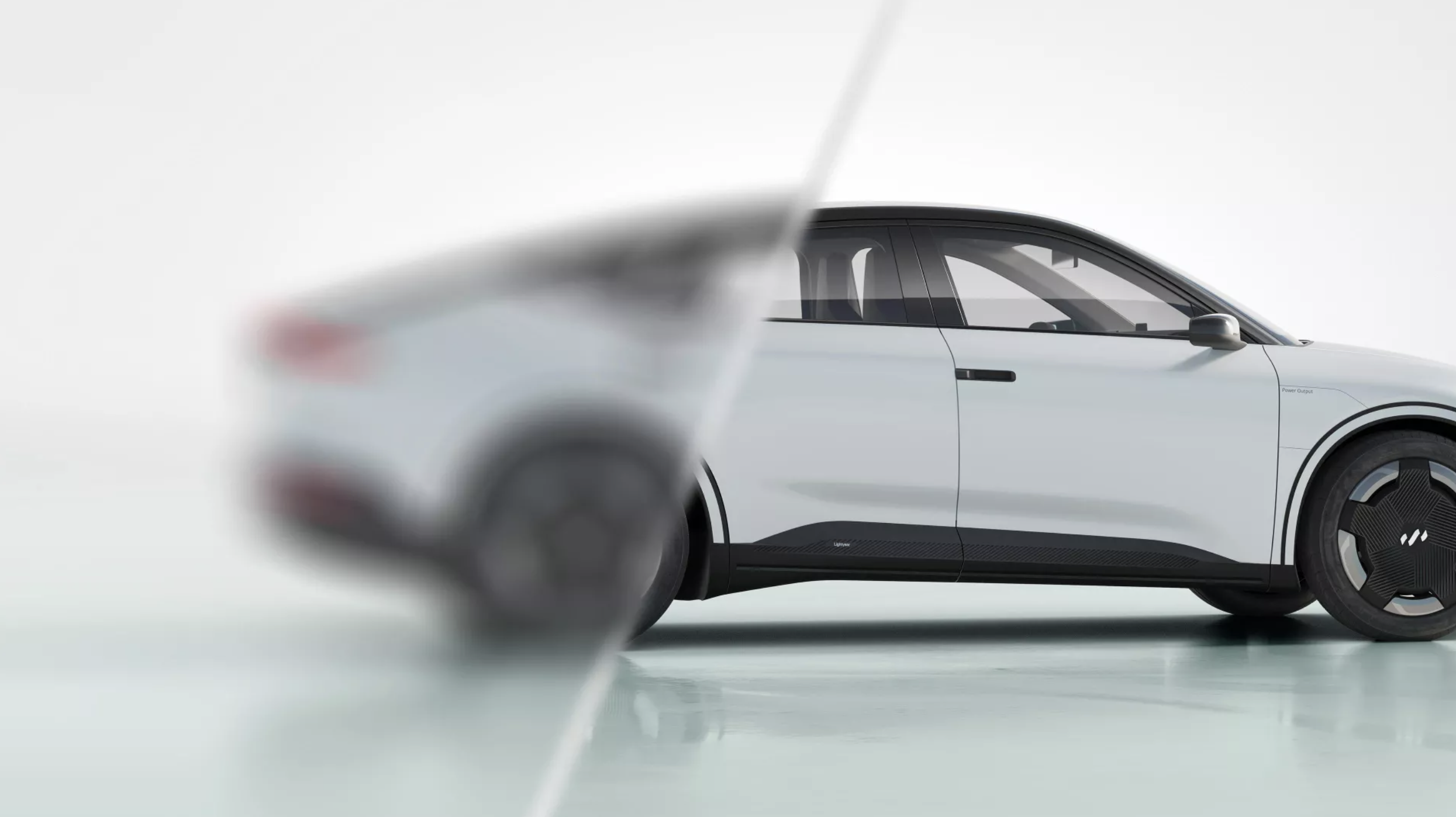
Traditional electric cars are about to be surpassed?
According to the official website, Lightyear 2 adopts a design that covers the roof, front and rear hoods of the car with solar panels, which can efficiently utilize solar energy to replenish the vehicle’s energy.
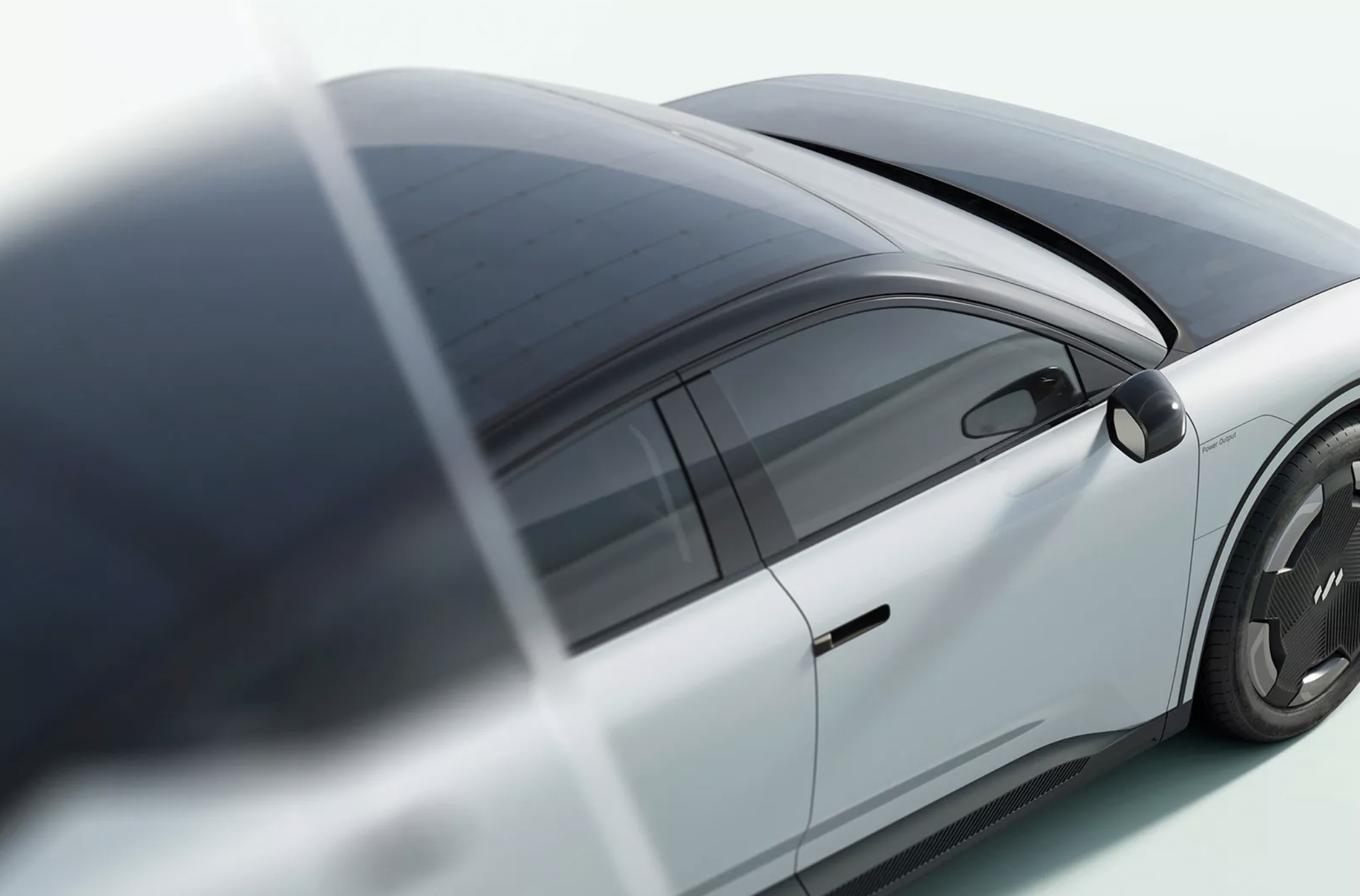
Lightyear 2’s single charge range can reach 800 kilometers, and of course, this figure also includes the data obtained by silently replenishing energy through solar power during vehicle use. The daily charging frequency is also three times less than that of traditional electric cars. These data are attributed to both the large area of solar panels covering the car body and the low drag design described on the official website. However, specific related parameters have not been marked.
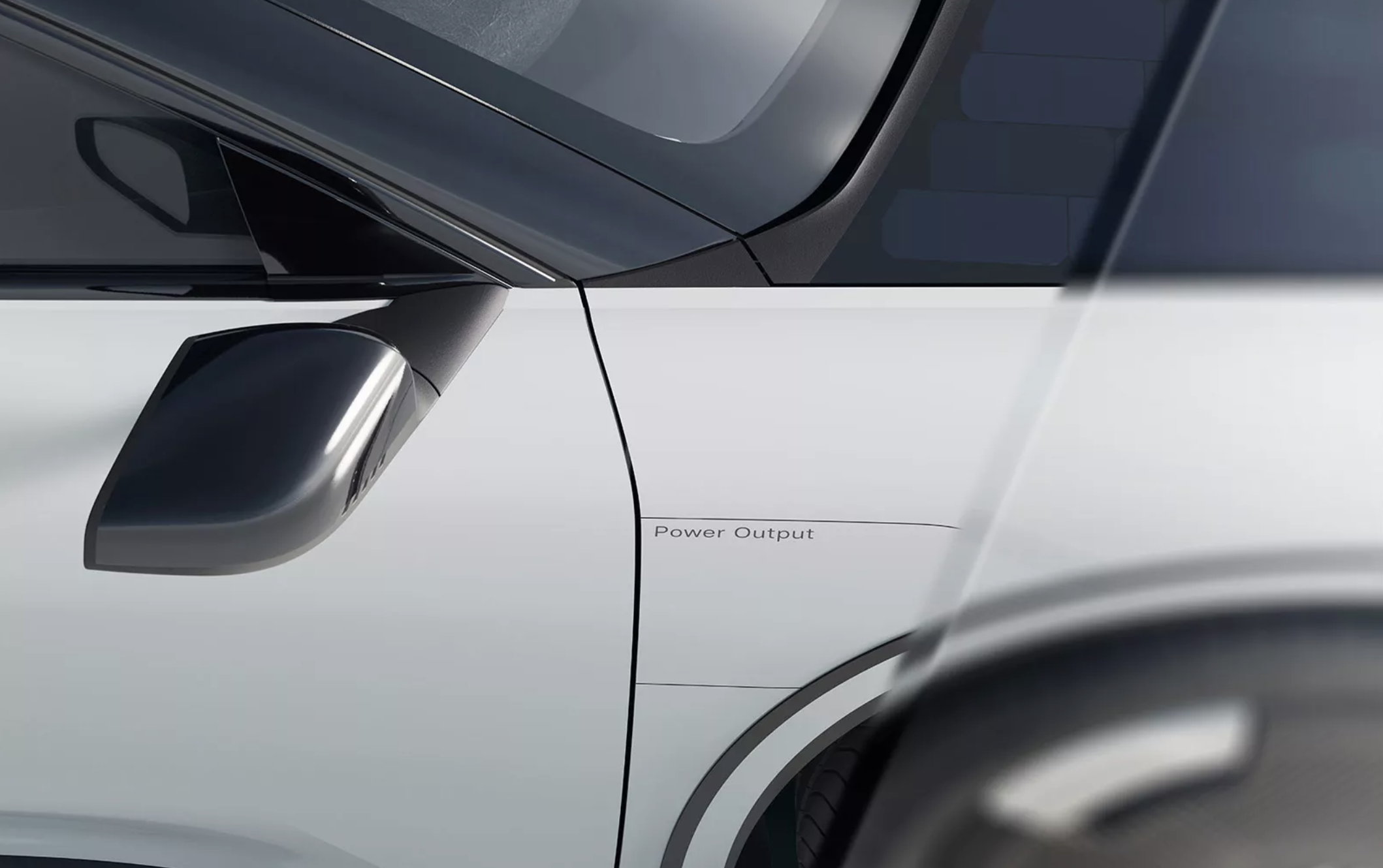 In addition, another data highlighted by the official website is about environmental protection. During the entire lifecycle of Lightyear 2, its emissions are half of those of conventional electric vehicles. However, it is not clear whether carbon emissions during the production process are included in this data. Even if only the carbon emissions during usage are taken into account, this data is still quite impressive.
In addition, another data highlighted by the official website is about environmental protection. During the entire lifecycle of Lightyear 2, its emissions are half of those of conventional electric vehicles. However, it is not clear whether carbon emissions during the production process are included in this data. Even if only the carbon emissions during usage are taken into account, this data is still quite impressive.
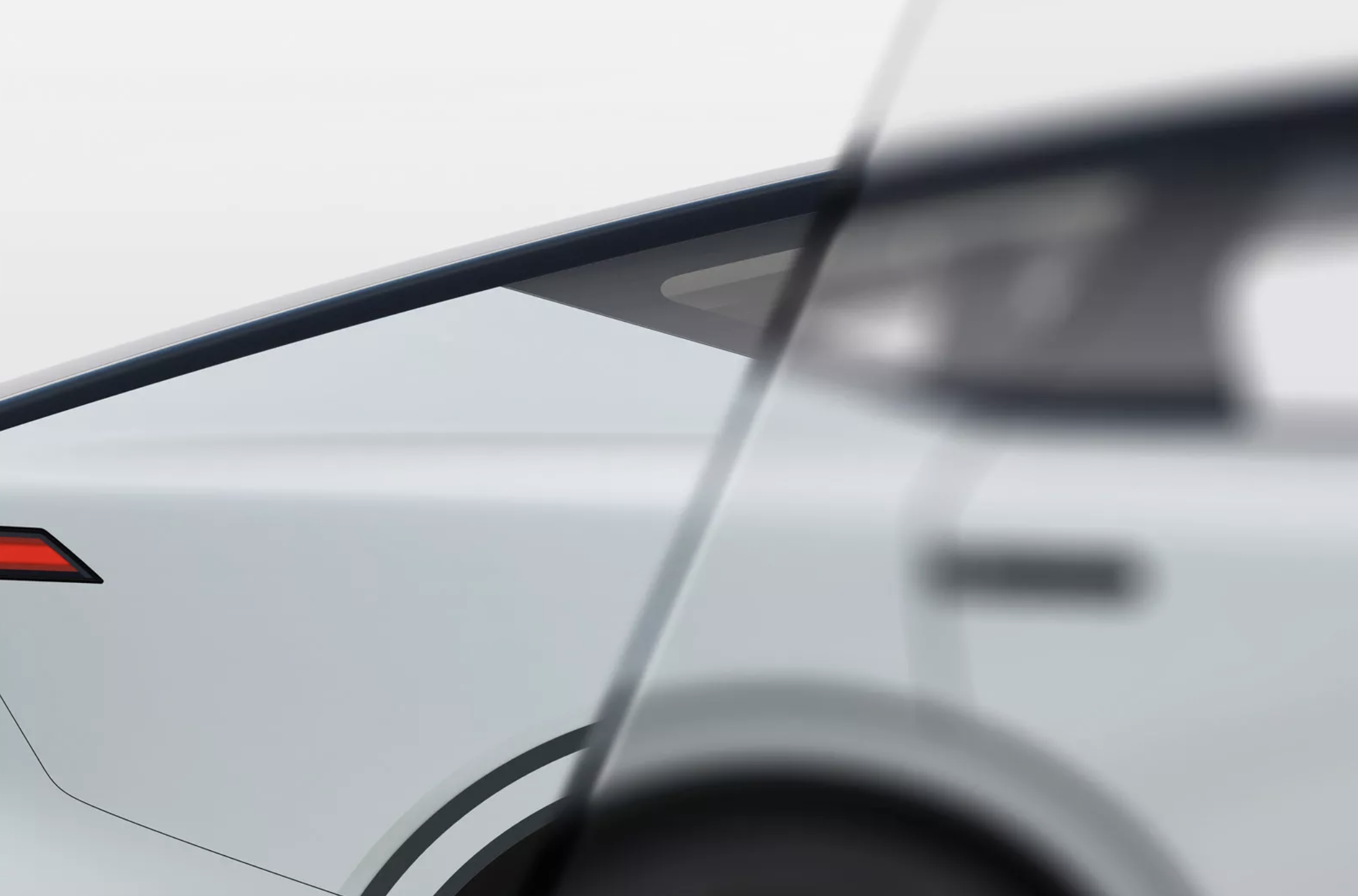
Interestingly, the wording on this company’s official website seems to position itself as more advanced than other new energy vehicles, as the electric vehicles that are being compared with are labeled as “conventional.” It remains to be seen how these comparative data will translate to the final production version of the vehicle.
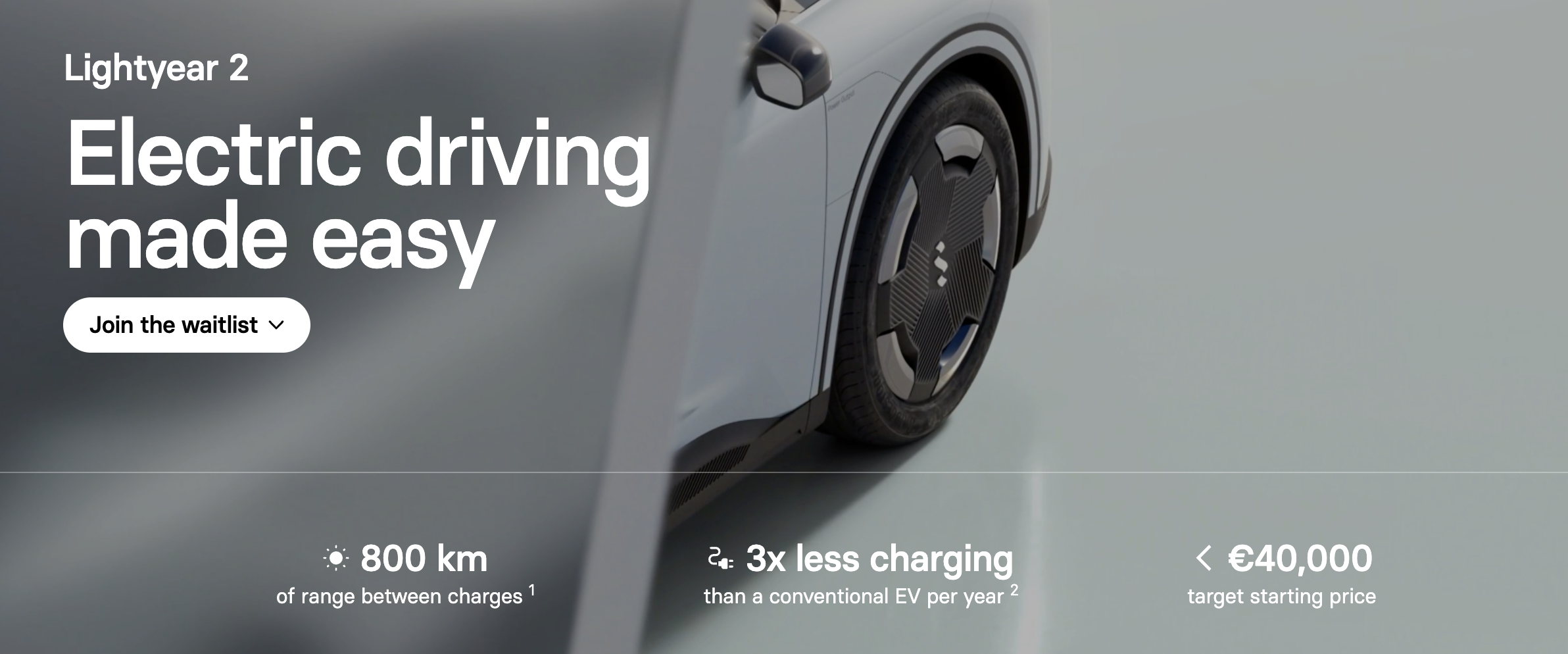
This article is a translation by ChatGPT of a Chinese report from 42HOW. If you have any questions about it, please email bd@42how.com.
